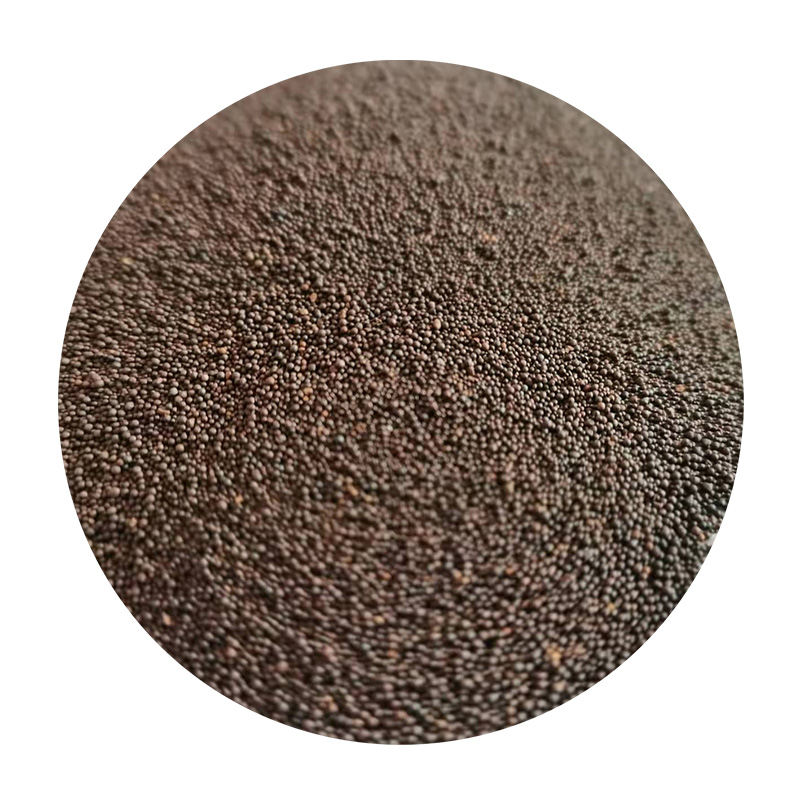How to Sand Resin A Comprehensive Guide
Sanding resin can be a daunting task for many craftsmen and DIY enthusiasts. Whether you're working on a resin art project, a table, or any other object, achieving a smooth finish is crucial for both aesthetics and durability. In this guide, we will walk you through the step-by-step process of sanding resin effectively and share some tips to ensure you achieve the best results.
Understanding the Resin
Before you begin sanding, it’s important to understand the type of resin you are working with. Epoxy resin and polyester resin are the two most common types used in crafting and DIY projects. Each type has its unique properties and might require different sanding techniques. Generally, epoxy resin is more forgiving and less prone to scratching compared to polyester resin, which can be more brittle.
Materials Needed
To sand resin effectively, you will need a few tools and materials
1. Sandpaper You will need a variety of grits. Start with coarser grits (60-120) for initial sanding, then progress to finer grits (220-400) for finishing. 2. Sanding Block or Sponge This helps maintain even pressure and can be particularly useful for flat surfaces. 3. Dust Mask Resin dust can be harmful when inhaled, so it's advisable to wear a mask. 4. Safety Goggles Protect your eyes from dust particles. 5. Water Wet sanding can minimize dust and improve the finish. 6. Vacuum or Brush For cleaning the surface before sanding. 7. Polishing Compound (optional) For achieving a high-gloss finish once sanding is complete.
Step-by-Step Process
Start by ensuring your workspace is clean and well-ventilated. Remove any debris or dust from the surface to avoid scratching the resin. Gather all your materials within reach to make the process efficient.
2. Initial Sanding
how to sand resin

Begin with coarse sandpaper (60-120 grit) to remove any imperfections, like bubbles or rough spots. Sand in a circular motion or back and forth, ensuring you apply even pressure. Be careful not to sand too aggressively, as resin can be removed quickly, and you might alter the shape of your piece.
3. Progress to Finer Grits
Once the surface is smooth, switch to finer grit sandpaper (220-400). This step is crucial for refining the finish and preparing it for the final polishing stage. If you’re using water, wet the sandpaper slightly to reduce dust and improve your sanding efficiency.
4. Cleaning the Surface
After sanding, vacuum or brush off any dust particles. This step is essential as it prevents scratches from dust getting trapped in your polishing phase.
5. Polishing (Optional)
If you desire a high-gloss finish, you may want to polish the resin after sanding. Apply a small amount of polishing compound to a clean, soft cloth and buff the surface gently. This step will enhance the clarity of the resin and give it a professional look.
Tips for Success
- Be Patient Sanding resin properly can take time. Rushing through the process will likely result in a subpar finish. - Test on a Scrap Piece If you’re new to sanding resin, practice on a scrap piece first to get a feel for the materials and sanding techniques. - Maintain a Steady Hand Uneven pressure can lead to scratches and an unprofessional finish, so try to keep your movements steady.
Conclusion
Sanding resin may seem intimidating at first, but with the right approach and tools, you can achieve a flawless finish. Whether you are sanding a piece for art or furniture, following these steps will guide you towards a successful project. Always remember to work safely and take your time to enjoy the process!
Post time:снеж . 16, 2024 03:11
Next:what is sand casting in engineering
